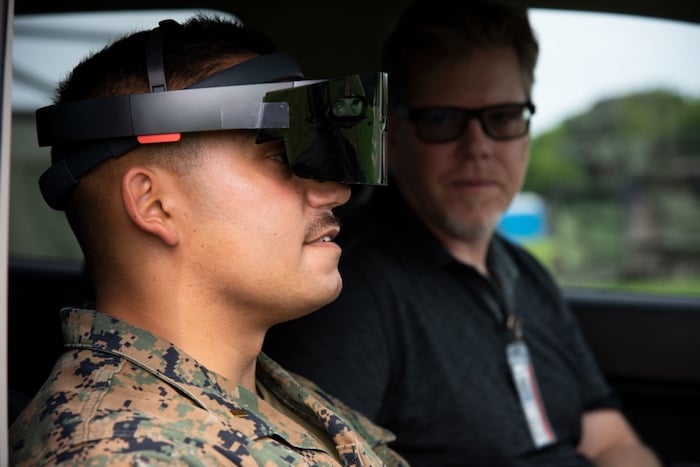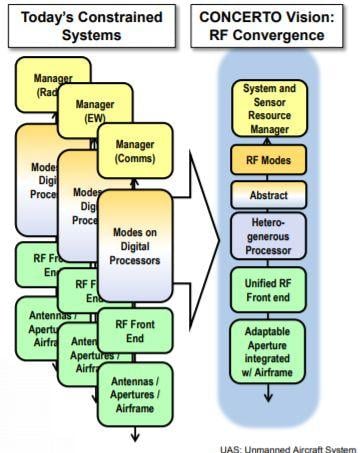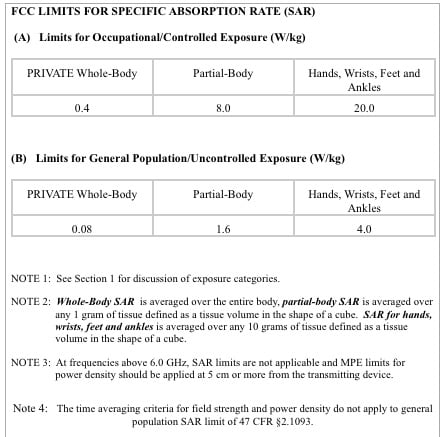
Here's a news from around the RF spectrum that may be of interest to you, the practicing electrical engineer.
Radio frequency signals can fall into such designations as Wi-Fi, Bluetooth, UHF, VHF, and many others. But whatever it’s called, it’s all about the transmission and reception of information over radio waves. Here are some interesting stories about some what’s happening across the wide, broad electromagnetic spectrum.
An “Operating System” for Airborne Radio Frequency Operations?
DARPA has defined a problem. Unmanned aerial systems—also known as UAVs or drones—are jam-packed with separate systems for radio frequency communications, electronic warfare (EW), and for radar capabilities. As it stands today, the RF subsystems are separately designed, have redundant subsystems, and don’t “play nicely” with each other.
Even more critically, because of limitations in space and weight-carrying capacity, there often isn’t enough room on board to successfully accommodate all the necessary hardware.
A new DARPA research program seeks to converge radio frequency communications, electronic warfare, and radar capabilities on compact aerial systems.
.jpg)
An Rq-21 Blackjack UAV. Photo by Lance Cpl. Rhita Daniel of the US Marine Corps
As chronicled by the Armed Forces Communications and Electronics Association (AFCEA), DARPA’s Ted Woodward explains, “We build, buy, and integrate discrete payloads. We put them on platforms, and this complicates our ability to exchange those platforms. It causes us to carry extra size, weight, and power, and it constrains our ability to maneuver these systems in spectrum because they’re not well coordinated.”
DARPA's solution is what they've termed the CONCERTO program.
The CONCERTO Program
In what may be a giant step towards the creation of an “operating system” for drones, DARPA has advanced its CONverged Collaborative Elements for RF Task Operations (CONCERTO) program. The aim of CONCERTO is to build a “blended” RF system combining EW, communications, and radar into one compact, inclusive system for medium-sized UAVs.

CONCERTO's vision is RF conversion, reducing the clutter. Image modified from DARPA
Perspecta Labs successfully accomplished CONCERTO’s first phase, implementation, and demonstration. The company will be the prime contractor as the project moves forward. The target vehicles are sub-1320 pound UAVs such as the AAI RQ-7 Shadow, or the Boeing Insitu RQ-21 Blackjack.
The Next Phases of CONCERTO
Converge. Building a wideband RF front end that integrates tightly to the airframe and includes antennas. It must also convert back-and-forth between the front end’s digital and RF portions.
Abstract. Assuring that RF front end is easy to upgrade and will accommodate all probable hardware and software “peripherals.”
Control. Coordinating between the various mission tasks and prioritizing needs.
Integrate. Pulling it all together and demonstrating the benefits.
A Coming of Age for UAVs
In the semiconductor industry, there are unending examples of designers building subsystems from ICs sourced from competing manufacturers with no interest in cooperating with each other. The separate chips may be jerry-rigged into cooperation, but space is wasted, manufacturing costs are high, reliability is low, and one or more of the component chips may go out of production.
Then, when the subsystem becomes an industry standard, one or more manufacturers will take it upon themselves to develop a single IC to accomplish the task.
The US UAV fleet has reached that point of maturity, standardization, and ubiquity that the time has come for a system-wide integration effort such as CONCERTO.
Assuring Radio Silence
Today’s military personnel use all sorts of electronic equipment that gives off radio waves, including everything from cell phones, Wi-Fi devices, and radar systems. The problem with this, according to NIWC Atlantic information technology specialist Jessica Sinclair, is that “If you’re transmitting, you can be found.”
Spectrum Hunter
To help to counter this threat, the Naval Information Warfare Center (NIWC) has developed a prototype called the Spectrum Hunter. The device allows users to learn in real-time exactly what type of RF signals their gear is emitting that could potentially give them away to foes.
The users carry part of the Spectrum Hunter in their backpacks. Inside the user’s helmets, they wear headsets that allow them to ‘see’ images of RF waves on an augmented reality screen.

Spectrum Hunter demonstrated at the recent 21st Century Combined Arms Advanced Naval Technology Exercise (ANTX). Image from the US Navy
In order not to make additional demands on the troops’ already busy hands, the Spectrum Hunter is a purely hands-free device. Users communicate with the device via hand gestures or verbal commands. In this manner, they can gain additional information about detected RF waves.
“Our team is initially focusing on detecting handheld radios and will expand the scope later to detect cell phones and other devices,” Sinclair continued. “In the future, we plan to modify it to identify RF waves emitting from enemy forces.”
Cellphone RF Exposure Limits Again Called into Question
It’s the question that won’t go away—do our cellphones expose us to dangerous levels of RF radiation?
A regimen of testing was commissioned by the Chicago Tribune and conducted by the RF Exposure Lab in San Marcos, California. The task was to measure 11 different cellphone models for radio frequency radiation.
RF Exposure Labs’s specialty is specific absorption rate (SAR) testing. SAR is a measurement for the amount of radio frequency (RF) absorbed by the body when using a wireless device. The SAR value is expressed in terms of watts per kilogram (W/kg).
RF Exposure Lab is an accredited testing lab recognized by the FCC. For the past 15 years, the company has been conducting radiation tests for wireless companies seeking FCC approval for new products. Jay Moulton is the lab’s owner was formerly the engineering director for chip-making giant Qualcomm. (It was Moulton, in fact, who conducted the Tribune’s tests.)
The Published RF Exposure Limits
The federal safety limit is 1.6 watts over 1.0 kilograms of human weight (link opens a document). As described by the Tribune, tubs of liquid were used as proxies to simulate human skin.

The FCC's guidelines on SAR exposure from Edition 97-01, published in June 2001. Image from the FCC (link opens a document)
The FCC has been fielding questions and concerns about exposure to RF for decades and provides resources on SAR for cell phones in multiple places across the FCC website, including a larger resource onRF safety in general.
Distance, the Critical Factor
Much of the controversy is over how far from the “human” under test the radiating smartphone was placed. This is very significant because of the way electromagnetic waves radiate. Generally, radio waves diminish by the inverse of the cube of distance, or 1/[distance]3.
Because of the nature of cellphone antennae, this relationship may not be exactly followed, but it is certain the radiation falls off very rapidly with distance. Inversely, radiation increases, rapidly, the closer the exposed person is to the source.
The results, as displayed by the Chicago Tribune, show most cell phones failing at 2 millimeters, and some passing at 5 millimeters.
It can be argued that many of us carry our phones in our pants pockets, flush up against our skin. Is it, perhaps, time to include very specific distance criteria to our cell phone testing and to remove the ambiguity that reigns today?
What else is going on in the world of RF that you'd like to see covered? Tell us about new stories that community should know about in the comments below.

No comments:
Post a Comment